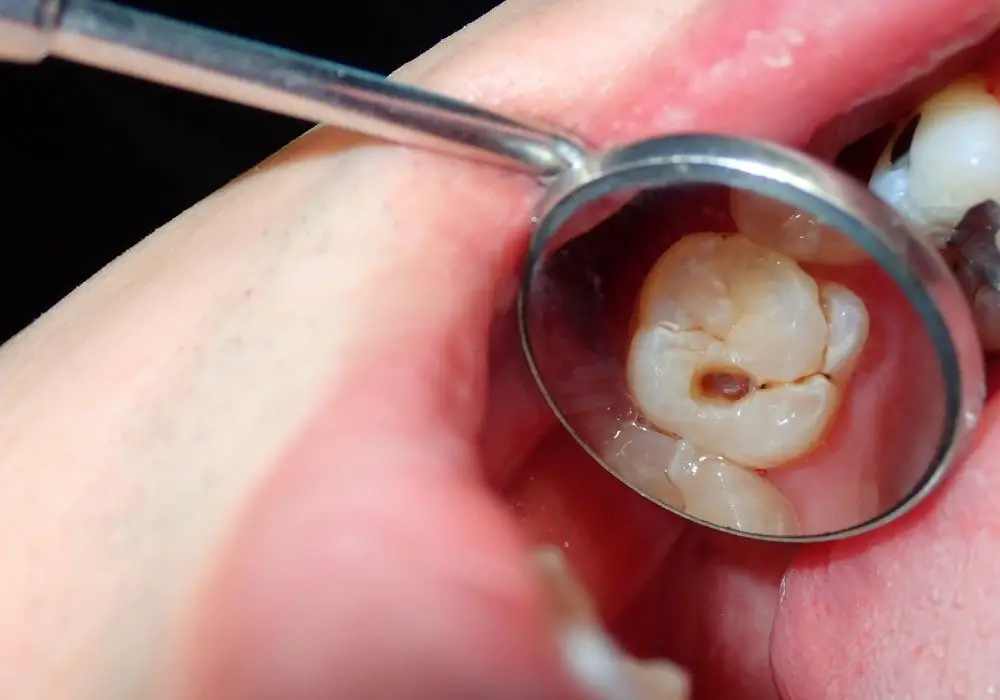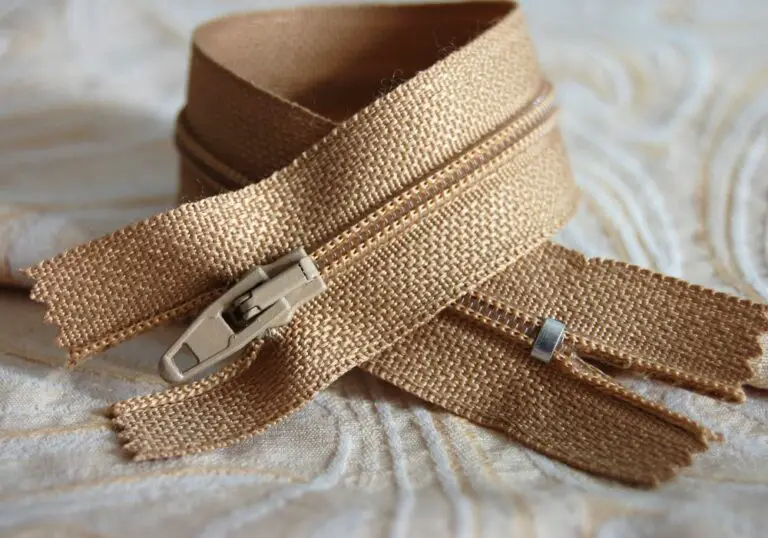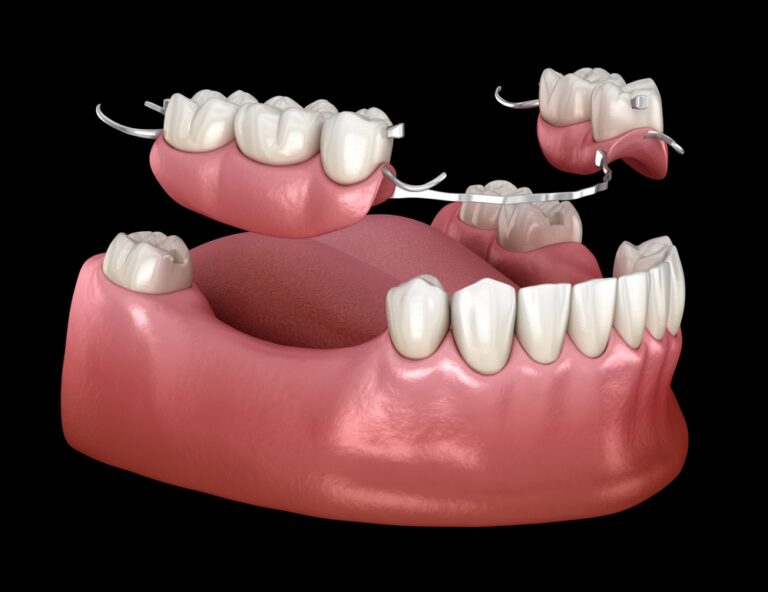When it comes to dental health, cavities are a common problem that many people face. While most people are familiar with cavities that occur on the surface of teeth, cavities that occur between teeth can be a bit trickier to detect and treat. In this article, we will explore what happens when a cavity is in between two teeth and what you can do to prevent and treat this type of cavity.
A cavity between two teeth, also known as an interproximal cavity, occurs when the enamel on one or more teeth wears away, creating a small hole. These cavities can be difficult to detect because they are not visible on the surface of the tooth. In fact, you may not even know you have an interproximal cavity until it has reached a more advanced stage. This is why regular dental check-ups are so important, as your dentist can detect and treat cavities early on before they become more serious.
If left untreated, cavities between teeth can lead to a number of dental problems, including tooth decay, gum disease, and even tooth loss. The good news is that there are steps you can take to prevent interproximal cavities from occurring in the first place. By practicing good oral hygiene habits, such as brushing and flossing regularly, and visiting your dentist for regular check-ups, you can keep your teeth healthy and cavity-free.
Understanding Dental Cavities

Definition and Causes
Dental cavities, also known as tooth decay, occur when the hard, outer layer of a tooth (enamel) is damaged by bacteria and acids. This damage can lead to small holes or openings in the tooth, which can cause pain and sensitivity.
Cavities can occur anywhere in the mouth, but they are most common in between teeth. This is because these areas are harder to clean with brushing and flossing, allowing bacteria to thrive and cause decay.
Other factors that can increase your risk of developing cavities include:
- Poor oral hygiene
- High sugar and carbohydrate intake
- Dry mouth
- Acidic foods and drinks
- Genetics
- Age
Identifying Cavities
It’s important to catch cavities early, as they can worsen over time and lead to more serious dental problems. Here are some signs that you may have a cavity in between your teeth:
- Pain or sensitivity when biting down or chewing
- A visible hole or pit in the tooth
- Discoloration or staining on the tooth
- Sensitivity to hot or cold temperatures
- Bad breath or a bad taste in your mouth
If you suspect you have a cavity, it’s important to see a dentist as soon as possible. They can diagnose the problem and recommend treatment options, such as fillings or crowns, to prevent further damage to your teeth.
Cavities Between Two Teeth

If you have ever had a cavity, the chances are you have had an interproximal cavity. Interproximal cavities form just like any other—because of the wearing away of the enamel (the outer layer of the tooth) on one or more teeth. A cavity between two teeth—whether between two molars or other teeth—is known as an interproximal cavity.
Why They Occur
Interproximal cavities occur when the enamel on two adjacent teeth wears away, leaving a space in between them where bacteria can thrive and cause decay. This can happen due to a variety of reasons, including:
- Poor oral hygiene
- Consuming sugary and acidic foods and drinks
- Dry mouth
- Genetics
- Age
- Braces or other orthodontic treatments
Symptoms and Diagnosis
Cavities between two teeth can be difficult to detect in their early stages. However, some symptoms may include:
- Sensitivity to hot and cold temperatures
- Pain when biting down
- Visible holes or pits in the teeth
- Brown, black, or white staining on the teeth
To diagnose a cavity between two teeth, your dentist will perform a visual exam and may also use X-rays to get a closer look at the affected area. If a cavity is detected, your dentist will recommend treatment options, which may include filling the cavity with a dental filling or performing a root canal if the cavity has progressed to the pulp of the tooth.
Remember, proper oral hygiene and regular dental check-ups can help prevent cavities between two teeth and other dental problems.
Implications of Ignoring Cavities

Ignoring cavities can lead to serious consequences for your oral and systemic health. Here are some potential impacts of ignoring cavities between teeth.
Impacts on Oral Health
Cavities between teeth are particularly concerning because they can be difficult to detect. If left untreated, the cavity can progress and eventually cause the tooth to decay. This can lead to a range of oral health issues, including:
- Tooth sensitivity: As the cavity progresses and the enamel wears away, you may experience increased sensitivity to hot, cold, or sweet foods and drinks.
- Tooth pain: If the cavity reaches the nerve of the tooth, you may experience a sharp or throbbing pain.
- Tooth loss: In severe cases, the tooth may become so decayed that it cannot be saved and must be extracted.
Systemic Health Risks
Ignoring cavities can also have systemic health risks. Bacteria from the cavity can enter your bloodstream and travel to other parts of your body, potentially leading to:
- Cardiovascular disease: Studies have shown a link between gum disease (which can be caused by untreated cavities) and an increased risk of heart disease and stroke.
- Respiratory infections: Bacteria from the mouth can be inhaled into the lungs, potentially leading to infections such as pneumonia.
- Diabetes complications: People with diabetes are at an increased risk of developing gum disease, which can make it more difficult to control blood sugar levels.
Overall, it’s important to address cavities as soon as possible, especially those between teeth. Regular dental checkups and cleanings can help detect and treat cavities early, before they become more serious.
Treatment Options
If you have a cavity between two teeth, there are a few treatment options available to you. The treatment that is best for you will depend on the severity of the cavity and the location of the cavity.
Filling
If the cavity is caught early enough, your dentist may be able to fill it with a dental filling. This is a common treatment for cavities that are caught in the early stages. During this treatment, your dentist will remove the decayed area of the tooth and fill the cavity with a material such as composite resin, amalgam, or gold.
Root Canal
If the cavity is more severe and has reached the pulp of the tooth, a root canal may be necessary. During this treatment, your dentist will remove the infected pulp and replace it with a filling material. This is a more invasive treatment, but it can save the tooth from further damage or extraction.
Crown
If the cavity has caused significant damage to the tooth, a crown may be necessary. A crown is a cap that is placed over the tooth to protect it and restore its function. During this treatment, your dentist will remove the decayed area of the tooth and shape it to fit the crown. The crown is then placed over the tooth and cemented in place.
It is important to note that the best treatment for a cavity between two teeth is prevention. Regular dental checkups and good oral hygiene habits can help prevent cavities from forming in the first place. If you do have a cavity, it is important to have it treated as soon as possible to prevent further damage to the tooth.
Prevention Strategies

Preventing cavities between your teeth is important to maintain good oral health. Here are some strategies you can use to prevent cavities from forming in between your teeth.
Oral Hygiene Practices
Brushing and flossing regularly is the most effective way to prevent cavities between your teeth. Make sure to brush your teeth twice a day for two minutes each time, using a fluoride toothpaste. Flossing at least once a day helps to remove food particles and plaque that can get stuck between your teeth. You can also use interdental brushes or water flossers to clean between your teeth.
Dietary Habits
Your diet can also affect the health of your teeth. Limiting your intake of sugary and acidic foods and drinks can help prevent cavities from forming. Instead, choose foods that are high in calcium, such as milk, cheese, and leafy green vegetables, as well as foods that contain phosphorus, such as eggs, fish, and meat.
Regular Dental Check-ups
Regular dental check-ups are essential for maintaining good oral health and preventing cavities. Your dentist can detect cavities early on and provide treatment before they progress. It is recommended to visit your dentist at least twice a year for routine cleanings and check-ups.
By following these prevention strategies, you can reduce your risk of developing cavities between your teeth and maintain good oral health.
Frequently Asked Questions
How are cavities between two teeth detected?
Cavities between two teeth can be detected by your dentist during a routine dental exam. Your dentist may also use dental X-rays to check for cavities that are not visible to the naked eye.
What are the symptoms of a cavity between two teeth?
In the early stages, a cavity between two teeth may not cause any noticeable symptoms. However, as the cavity progresses, you may experience tooth sensitivity, pain when biting down, and visible holes or pits in your teeth.
What are the treatment options for cavities between teeth?
The most common treatment for cavities between teeth is a dental filling. In some cases, a dental crown or root canal may be necessary if the cavity is large or has caused significant damage to the tooth.
Can cavities between teeth be prevented?
Yes, cavities between teeth can be prevented by practicing good oral hygiene. This includes brushing your teeth twice a day, flossing daily, and visiting your dentist for regular check-ups and cleanings.
Is filling a cavity between two teeth painful?
The process of filling a cavity between two teeth is usually not painful. Your dentist will use local anesthesia to numb the area before the procedure to ensure that you are comfortable.
What happens if a cavity between two teeth is left untreated?
If a cavity between two teeth is left untreated, it can lead to further decay and damage to the tooth. In severe cases, the tooth may become infected and require a root canal or extraction. It is important to have cavities treated as soon as possible to prevent further damage to your teeth.







